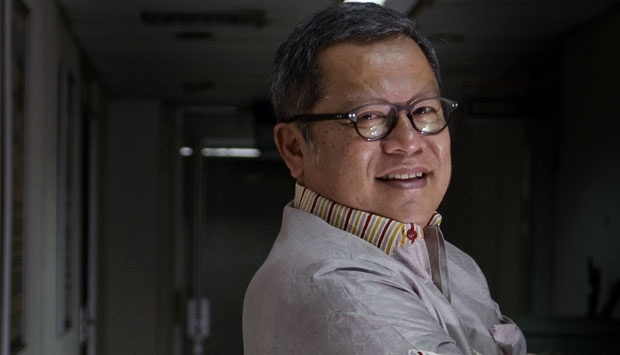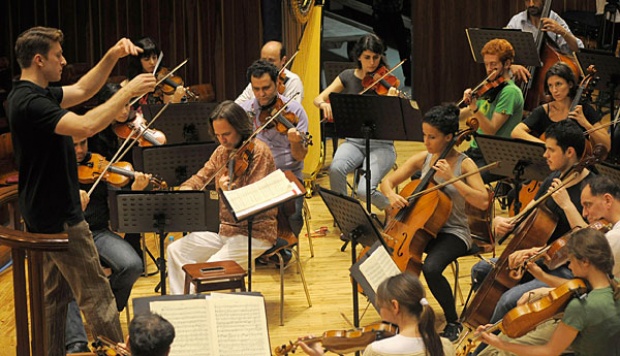
TEMPO.CO, Sentani - Lake Sentani becomes the second largest lake in Papua covering an area of 9,635 hectares. Located in the south of Sentani, Jayapura Regency, the lake is surrounded by Cycloops mountain range, and a home to around 22 small islands that spread across lake.
There are 24 hamlets in Lake Sentani, each preserving unique and distinctive culture of living. Indigenous people of Asei Island, for example, are known for their bark-crafting skills. People of Taturi Village, on the other side, are mostly artists who are experts in stone painting.
According to Pilipus M. Kopeuw, STh, MPd, a researcher and Sentani native, the words ‘Sentani tribe’ is not completely right to refer to the whole indigenous people living in the lake. This is because each hamlet is inhabited by different tribes. There are at least six indigenous tribes living in one hamlet.
Despite the differences, these hamlets are united by one thing: the legend. People in Sentani believs that they originated from the same ancestor from Papua New Guniea. Their ancestor had arrived in the land by riding a dragon.
People in Sentani make a living out of fishing and growing tubers and vegetables. Fishes in the lake have never been breed, but they have never depleted despite millions are taken from the water each day. Sago trees grows abundant in nature, although they’re not cultivated.
Another unique tradition that grows among Sentani civilization is the traditional means of barter. Objects such as beads, stone axes (tomako) , and stone bracelets are used in a trade. There are three kinds of beads namely haye, hawa, and nokhong. The tomako is also available in three types namely the short (yun seki), medium (relae), and long (ebha bhuru). These objects are still used in modern days as the dowry in marriage.
In Lake Sentani Festival, rolling from June 19 to 23, visitors are allowed to exploring the unique traditions of hamlets in Sentani, as well as enjoying local culinary and natural beauty.
TEMPO






















